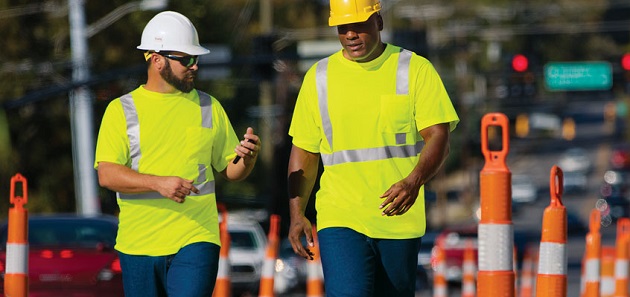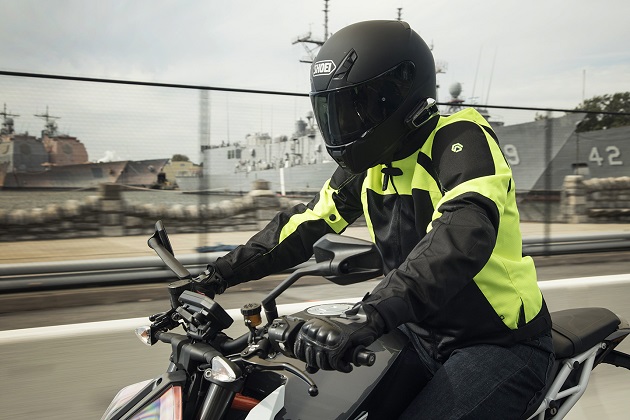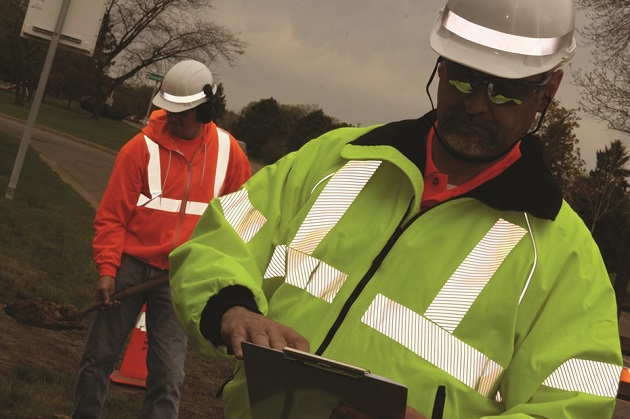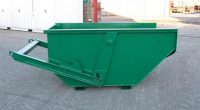The Importance of Wearing Hi-Vis Clothing at Certain Workplaces
Unlike office work that requires the use of corporate business clothing, mechanics, constructors, fire workers, etc., have a completely different “dress code”. Since they are exposed to a lot of hazards that can cause significant injuries, proper precautions need to be taken so the workers could feel protected and safe.

Except for having the needed training, knowledge and expertise, these workers should be given the needed tools and machines, but more importantly, they need to wear adequate PPE. PPE stands for personal protective equipment the purpose of which is to protect workers from some possible hazards. In other words, high-visibility clothing is worn to alert drivers of a worker’s presence especially in low light. Besides this, any construction workers, police officers, traffic directors, airport workers, highway workers or anyone who works in an industry where can get injured by any kind of vehicle, must wear high-visibility clothes.
According to the law, employees need to be trained in order to understand how to use PPE. Usually, training like this should help the user understand when and how to use hi-vis clothing, how to put and take off the apparel and how to store and maintain it correctly. Except for this, the user should regularly check it for wear and tear and learn how to clean and decontaminate it by following the washing and cleaning instructions.
Generally speaking, high-visibility clothes have highly-reflective properties and a colour that can be easily detected from any background. Usually, they are made of brightly coloured fabrics like bright yellow, orange and green which is highlighted with reflective tapes. According to many studies, it has been found that the human eye is more responsive to bright colours like yellow and lime green. So, for example, if one is shown several colours like purple, red, black, yellow and green, the first ones their eyes would notice are yellow and green.

It’s a Compulsory Law
According to the Australian law, every construction site must have a high-visibility policy and its workers must have the needed orange or yellow hi vis clothing. In fact, all workers who work in a fast-moving and potentially hazardous environment are obligated to wear the needed PPE equipment, as well as the needed orange/yellow hi vis clothes. In contrary, it would be considered that the company is not following the Australian standards and rules and it might get sanctioned. Now, when it comes to the choice, motorcyclists can choose to wear a thin high-vis vest, while workers can choose from the many high-visibility shirts, sweatshirts, fleeces, trousers and jackets. This means that they can be protected even when the weather is cold, so there is no excuse for not wearing these orange, green and yellow hi vis clothes.

Mandatory for Motorcycle Drivers
Except for workers or when stopping on the road, high-visibility clothes are also a must for motorcycle drivers, especially when driving in darker conditions. Fortunately, motorcyclists are more and more aware of the possible dangers, so the use of high-visibility clothes (jackets/vests in particular) has increased a lot. Hopefully, this will reduce motorcycle accidents to a minimum. According to experts, high-vis clothing should also be worn by cyclists as quite often they are also victims of accidents because of low visibility.
Generally speaking, there are different classes within the Australian Standards for using high-visibility clothes during different parts of the day.
- Class D – The high-vis clothes that fall into this category are designed for day use only. Consequently, they can be ineffective if worn in darker conditions. In order to meet this standard, clothes should be in orange-red, red, yellow, orange and yellow hi vis colour. According to the rules, the fluorescent fabric should cover at least 0.4m2 of the upper torso and logos or other printed things should not be included in this part of the shirt. Regarding the print/logo size, it should be with specific dimensions – 10cm x 10cm.
Note: Class D garments do not contain any tape.
- Class N – The garments that fall into this category are designed to provide high visibility in darker conditions. To meet the night/dark requirements, the tape on the garment must be minimum 50mm wide and usually, in a Hoop, X back or H pattern. According to the Australian hi-vis standard, the colour of the garment material is not specified, but what’s for sure is that the material and devices for road traffic control purposes should be retro-reflective. An example of a garment like this is a black security jacket with reflective tape.

- Class D/N – Garments that fall into this category are designed to be used both during day and night. An example of such type of clothing is a yellow hi vis polo shirt with reflective tape.
- Class F – Class F garments are made from a fluorescent fabric in yellow or orange colour, and are designed for day use only.
- Class R – Class R garments are made from reflective fabric and are designed for night use only. Users should consider the fact that the washing process can slowly disintegrate the reflective properties of the material and they are usually compliant for about 30 washes.
- Class RF – These garments are made from both fluorescent and reflective fabric and are designed for day and night use.



